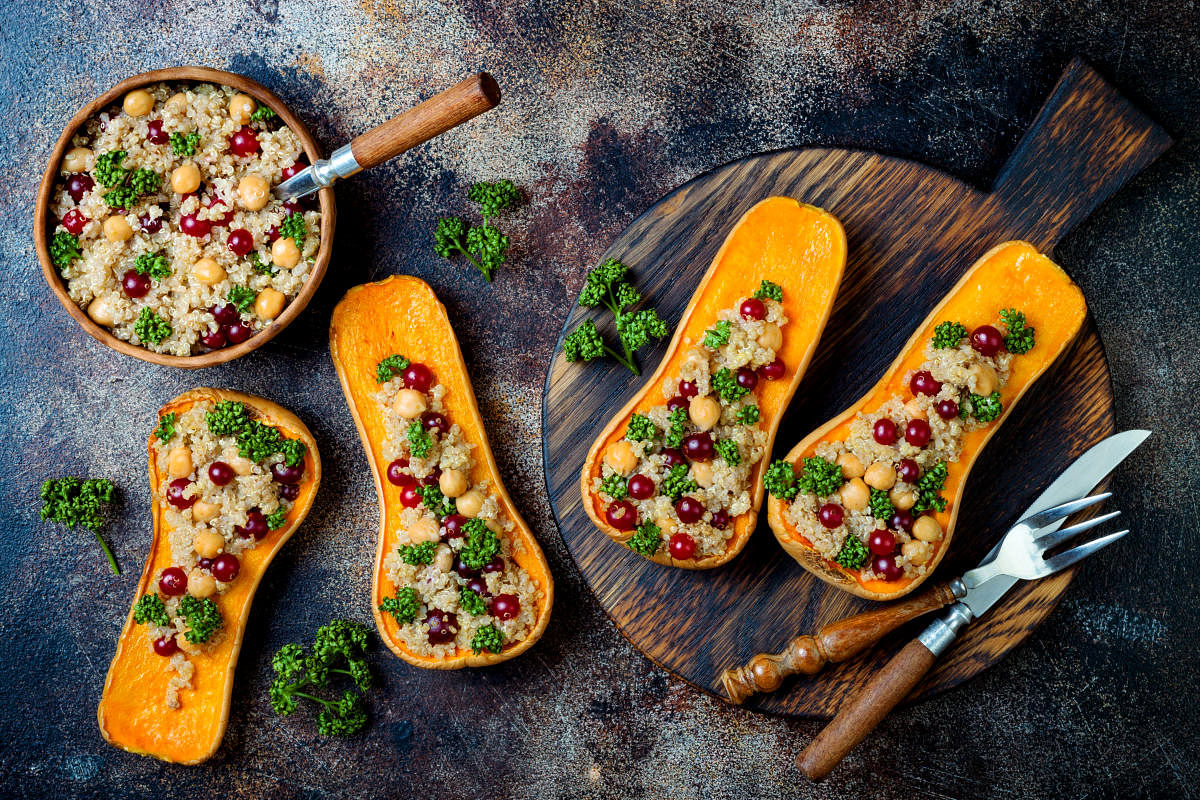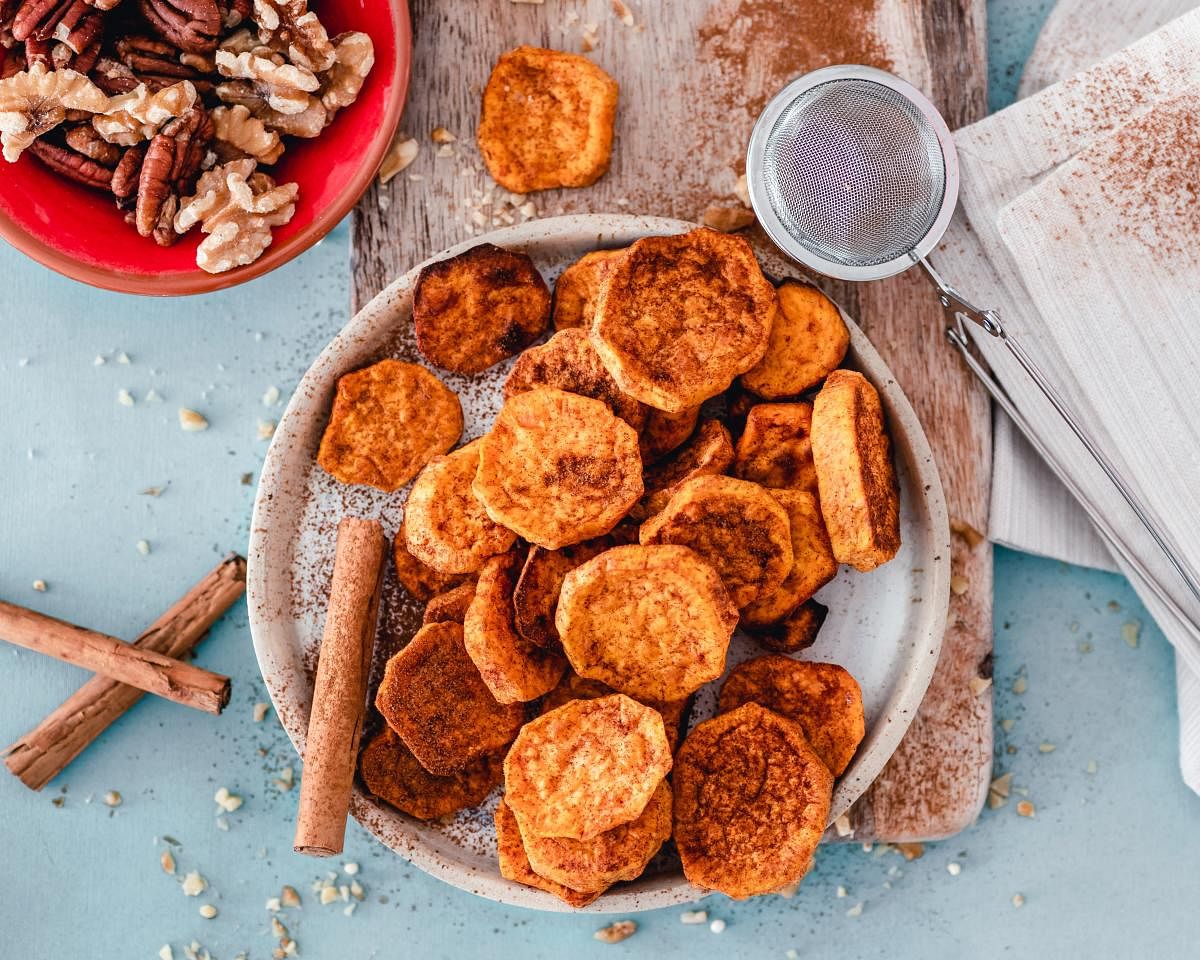

For the longest time, the Western world was led to believe that cinnamon sticks were collected by ‘cinnamon birds’ from an “unknown land” in Arabia where cinnamon trees grew. The winged creatures were thought to be phoenixes that used aromatic twigs and myrrh to construct their nests; it was only with great difficulty and at considerable human risk that mankind could obtain this much sought after spice. It would be a great product story if it were true. In reality, the tale was as tall as the trees it was sourced from, a fantastic make-believe lore perhaps dreamt up by Dr Seuss or an inebriated Sinbad the sailor in a seedy port town bar.
Cinnamon or cassia was a magical ingredient and the stuff of legends. Imported to Egypt as early as 2000 BC, it was used to embalm mummies. In the ancient world, it was a treasure fit for gods and kings, often gifted by Hellenistic rulers to temples. An inscription records a gift of cinnamon and cassia to the temple of Apollo at Miletus. The first Greek reference to Kasia is found in a poem by Sappho in the seventh century BC. The infamous Emperor Nero recklessly burned a year’s worth of Rome’s cinnamon supply at the funeral of his wife Poppaea Sabina in 65 AD. Rome spent nearly 100 million sesterces each year on the cinnamon trade. The spice was so precious that one Roman pound of serichatum (cinnamon), roughly a third of a kilogram, cost an equivalent wage of fifty months’ of agricultural labour.
Besides being used as an aromatic, sweetener and air purifier, cinnamon was medicine too. Too much, and it could be toxic. In ancient times, doctors believed it was a remedy for snakebites, freckles, common cold and kidney ailments. Smelling good was important for Rome’s noblemen so cinnamon was also perfume. Roman poet and epigrammatist Martial pokes fun at the ‘Bellus homo (pretty man) of Rome who curls his locks, always smells of balm and cinnamon as he flutters from entertainment to entertainment.’ It was much later that the world discovered its antioxidant properties that lowers cholesterol and blood sugar and is beneficial for diabetics. Yet, the world at large didn’t quite know where the wonder wood came from…
The greatest thinkers and philosophers of their time like Aristotle and Herodotus believed cinnamon and cassia grew in Arabia guarded by winged serpents. It was Pliny the Elder who noted in the 1st century that the cinnamon bird lore was fiction and a myth conjured up by traders to charge more. The source of cinnamon was a big trade secret in the Mediterranean world for centuries to protect the monopoly of spice traders. Pliny mentioned that cinnamon was used to flavour wine and was brought around the Arabian peninsula on ‘rafts without rudders, sails or oars using the winter trade winds.’
The word ‘cinnamon’ can be traced from Latin, Greek and Phoenician to the Hebrew root word qinnāmōn, literally Chinese amomum, a species of an aromatic tree whose inner bark and flower were used as spice. The name cassia comes from a Hebrew word derived from a verb that roughly means ‘to strip off the bark’. Its Latin name canella or canna means ‘tube’, from the manner in which the bark curls up as it dries. In Malay and Bahasa, cinnamon has an evocative name — kayu manis or sweet wood. We derive the popular Hindi name dalchini from Persian dar chini meaning ‘Chinese tree.’
Actually, there isn’t one tree, but several related species. There’s Chinese cinnamon or cassia (Cinnamomum aromaticum or Cinnamomum cassia), Indonesian cinnamon (Cinnamomum burmanni), Saigon or Vietnamese cinnamon (Cinnamomum loureiroi) while Sri Lanka is home to an endemic species called Cinnamomum verum or true cinnamon, earlier called Cinnamomum zeylanicum after Sri Lanka’s old name Ceylon. Native to India, Bangladesh, Nepal and Bhutan, there’s also Indian cassia or Malabar bay leaf (Cinnamomum tamala). Besides the bark, the leaves are also valuable, known as tejpatta or malabathram, derived from the Sanskrit word tamalapatra meaning ‘dark tree leaves’.
The leaves possess a clove-like aroma with a hint of pepper, widely used as a spice and in kumbilappam or chakka-ada, a traditional sweet from Kerala, infusing the jackfruit dumplings with its unique woody flavour. The mystery around cinnamon persisted through the Middle Ages when it was believed to be fished up in nets at the source of the Nile at the edge of the world (Ethiopia) after which local traders transported it north to Alexandria in Egypt.
It wasn’t until 13th century that Arabian and Italian chroniclers first mentioned that the bark was sourced from Sri Lanka. By mid 17th century, Dutch traders established a trading post in Sri Lanka and took control from the Portuguese. A Dutch captain reported, “The shores of the island are full of it and it is the best in all the Orient. When one is downwind of the island, one can still smell cinnamon eight leagues out to sea.” The tantalising aroma of the spice and its financial reward attracted other colonialists. In 1767, Lord Brown of the British East India Company established a vast cinnamon estate near Anjarakkandy in Kerala’s Kannur district. At 200 acres, it was the largest cinnamon estate in Asia; the first Land Registrar’s office in Asia also lies in the 254-year-old building erected by Brown.
Across the world, cinnamon enjoys widespread use as a condiment and flavouring in cooking in various ways — from savoury meat dishes to sweetmeats in Portuguese and Turkish cuisines. In Persian cuisine, the bark is used for brewing cinnamon tea and spicing rice while the powder enhances the flavour of aash (thick soups), drinks, pastries and puddings. In Vietnamese cuisine, cinnamon bark is used to flavour its national dish pho, a noodle broth. In Mexico, it is used to perk up drinking chocolate. Cinnamon is also employed in pickling and Christmas drinks such as eggnog and alcoholic infusions. In Europe and America, it is used with sugar to flavour cereals, apples and bread.
Roman spice traders introduced cinnamon to Europe where it was most popularly used as a sweet roll or cinnamon bun. Popular across Scandinavia, it’s called kanelbulle in Sweden and kanelsnegl in Denmark. Sweden and Finland even celebrate October 4th as National Cinnamon Bun Day! In a bizarre cinnamon challenge that was viral a few years ago, a spoonful of the powder had to be consumed in 60 seconds without drinking water!
Powdered cinnamon was no less than gold dust in antiquity and the obsession with it continues well into the modern age…
(The authors are travel and food writers “loosely based” in Bengaluru. They’ve authored guides and coffee table books including a cookbook for the USDA called ‘Southern Comfort: Southern American Soul Food’, set up an award-winning restaurant and curated the India episode of Gordon Ramsay: Uncharted, Season 2. Follow their adventures on Instagram: @red_scarab)